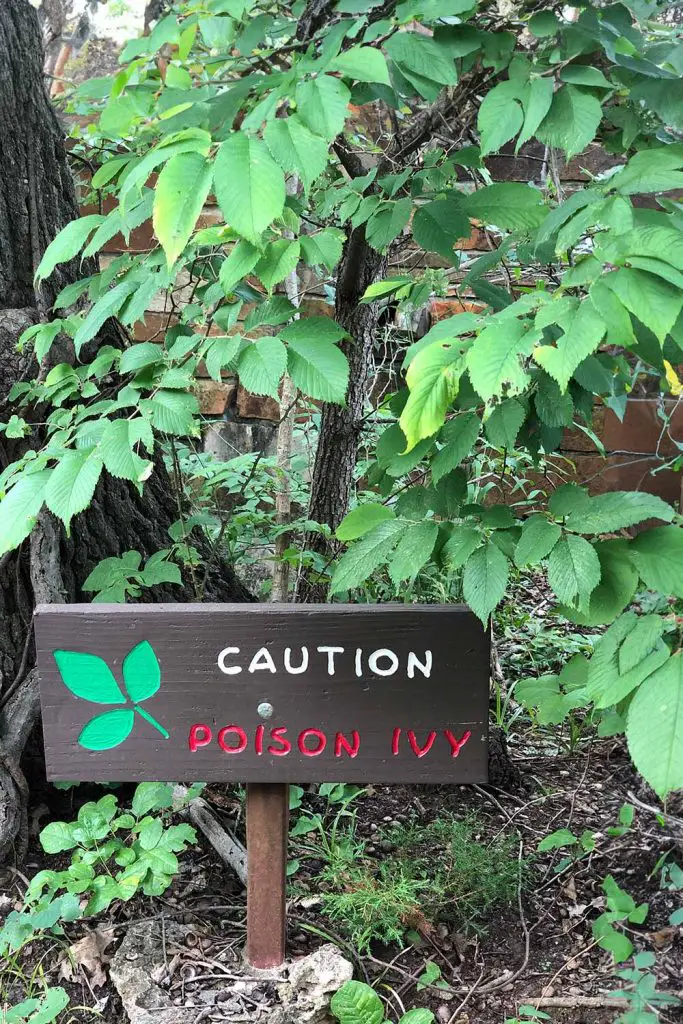How To Easily Remove Poison Ivy From Your Yard Forever!

Poison ivy is a pesky plant that can turn your beautiful yard into a hazardous zone. Its toxic oils can cause painful rashes, making it crucial to eliminate this plant from your property.
Fortunately, with the right knowledge and tools, you can remove poison ivy effectively and ensure it doesn’t return. Here’s a comprehensive guide on how to permanently rid your yard of poison ivy.
Identifying Poison Ivy: Know Your Enemy
Before you can remove poison ivy, you need to know what it looks like. Poison ivy typically grows as a vine or small shrub and can be recognized by its three glossy, pointed leaves.
The saying “Leaves of three, let it be” is a helpful reminder. In the fall, its leaves can turn red or orange. It can also produce small white or yellowish berries.
Understanding Poison Ivy’s Growth Habits
Poison ivy is resilient and adaptable, thriving in various environments. It can grow in the shade or sun and in different soil types. It spreads through seeds and rhizomes (underground stems), making it challenging to eradicate. Knowing where and how it grows will help you target it more effectively.
Preparing for Safe Removal
Safety is paramount when dealing with poison ivy. The plant contains urushiol, an oil that causes allergic reactions. Equip yourself with heavy-duty gloves, long sleeves, pants, and closed-toe shoes. Additionally, consider wearing goggles and a mask to protect against accidental contact.
Manual Removal Techniques
Manual removal is one of the most effective ways to get rid of poison ivy. Start by cutting the vines at the base using pruning shears or a saw. Then, carefully dig out the roots using a shovel. Ensure you remove all parts of the plant to prevent regrowth.
Dispose of the plant material in plastic bags—never burn poison ivy, as the smoke can be extremely harmful.
Chemical Treatments: When and How to Use Them
Herbicides can be useful for large infestations or difficult-to-reach areas. Look for products containing glyphosate or triclopyr, which are effective against poison ivy. Apply the herbicide directly to the leaves and stems, following the manufacturer’s instructions. Be cautious to avoid harming nearby plants.
Natural Alternatives to Chemical Herbicides
If you prefer a more eco-friendly approach, there are natural alternatives to chemical herbicides. A mixture of white vinegar, salt, and dish soap can be effective. Combine one gallon of white vinegar, one cup of salt, and a tablespoon of dish soap.
Spray the solution directly onto the poison ivy. It may take several applications to see results.
Preventing Regrowth: Long-Term Strategies
Once you’ve removed poison ivy, take steps to prevent it from returning. Regularly inspect your yard for new growth and remove any plants immediately. Maintain a thick layer of mulch or ground cover to suppress weed growth.
Consider planting competitive vegetation, like grass or native plants, to crowd out poison ivy.
Post-Removal Care: Cleaning Up Safely
After removing poison ivy, clean all your tools and clothing thoroughly. Urushiol can remain active on surfaces for years. Wash your clothes separately in hot water with strong detergent. Clean your tools with rubbing alcohol or a specialized cleaner to remove any residual oil.
Seeking Professional Help: When to Call the Experts
In some cases, poison ivy infestations may be too large or complex to handle on your own. If you’re dealing with a severe infestation or are concerned about your ability to safely remove the plant, consider hiring a professional. Lawn care and landscaping companies often offer poison ivy removal services.
Removing poison ivy from your yard doesn’t have to be a daunting task. With the right identification, preparation, and removal techniques, you can eliminate this pesky plant and enjoy a safer, more beautiful yard.
Remember to take safety precautions, consider both manual and chemical methods, and take steps to prevent regrowth. By following these guidelines, you can keep your yard poison ivy-free forever.

More interesting articles you may be interested in reading:

